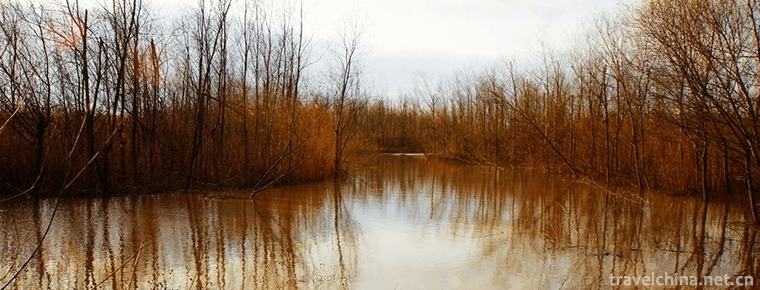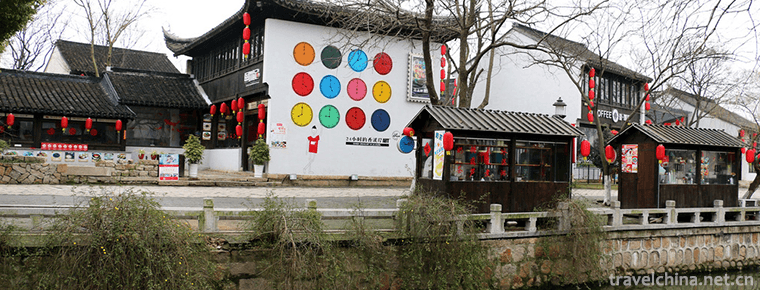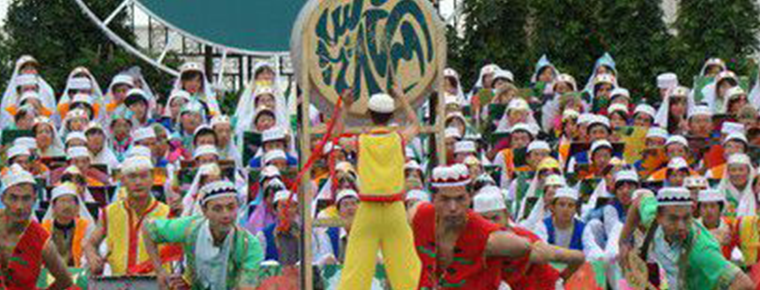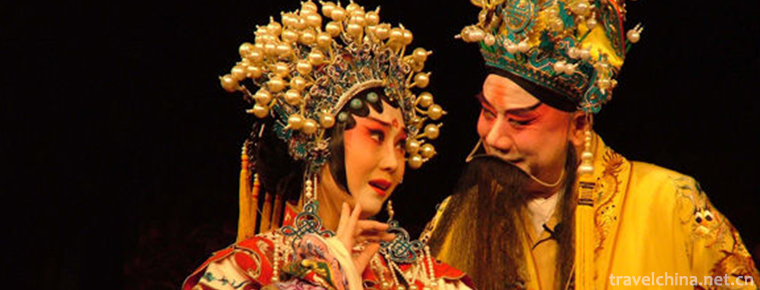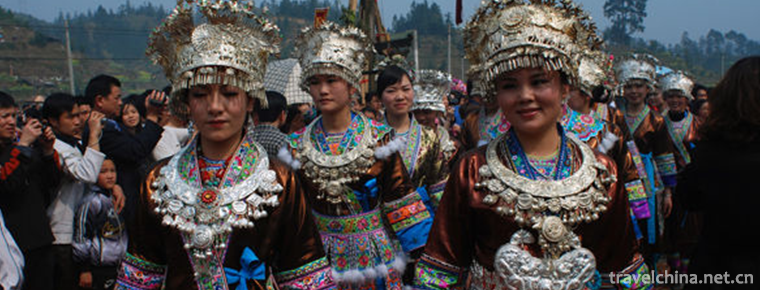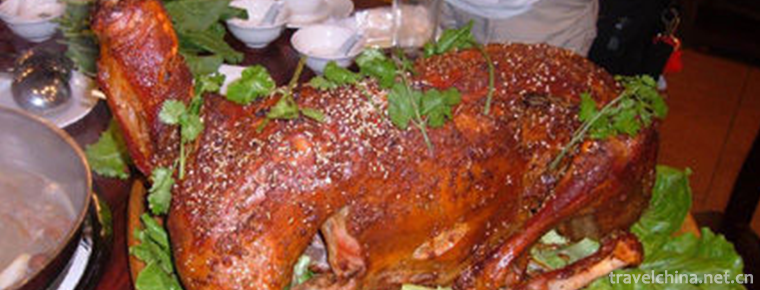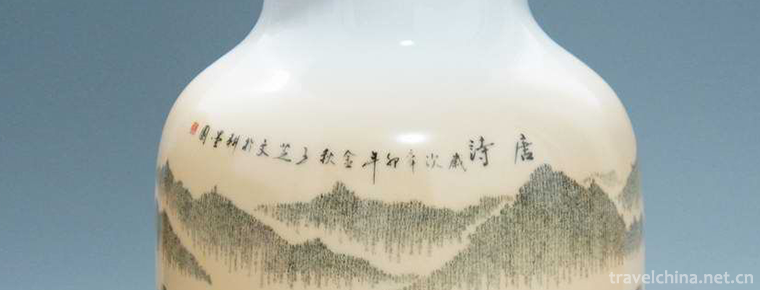Couplet Custom
Couplet Custom
Couplet is a couplet inscribed on the pillar of the couplet, also refers to the couplet, is a unique form of literature and art in China. The custom of couplets originated from the dual phenomenon of ancient Chinese in China. In the Western Jin Dynasty (about 290 years), there were rhythmic and exquisite sentences, which could be regarded as an important symbol of its formation. In the course of more than 1700 years of historical transmission, couplets, parallel prose and rhyme poems and other traditional forms of literary style influence each other and draw lessons from each other. During the three important development periods of the Northern Song, Ming and Qing Dynasties, the forms are increasingly diverse and the cultural accumulation is gradually rich. Couplets are commonly known as couplets, vernacular expressions, and alliterative languages. The term "couplets" originated in the Ming Dynasty.
On May 20, 2006, the customs of couplets were approved by the State Council to be included in the first batch of national intangible cultural heritage list .
Historical Development
The couplets begin with peach characters. As early as the Qin and Han Dynasties, there was a custom of hanging peach symbols during the Chinese New Year. The so-called "Taofu" refers to the name of the legendary ghost-lowering God "Shencha" and "Yu Lei", which are written on two peach boards and hung at the left and right doors to dispel ghosts and suppress evil spirits. This custom lasted for more than a thousand years, and it was not until the Five Dynasties that people began to inscribe couplets on peach boards. According to the Song Shishu Shijia, Meng Chang, the master of post-Shu in the Five Dynasties, said, "Except for every year, the Bachelor of fate wrote the poem, inscribed the peach inscription, and laid the door around." At the end of the year (964 AD), Xue Yinxun, a Bachelor of science, wrote a poem. With his non-work, he put forward his own proposition: Na Yuqing in the New Year, Changchun in the name of Jiajie. "This is the earliest couplet in China. Since the Song Dynasty, folk New Year's couplets have been quite common, Wang Anshi's poems "thousands of families especially blink? Xinyan Green paralyzed sentence, is the true portrayal of the grand occasion at that time. Because the appearance of Spring Festival couplets is closely related to Taofu, the ancients also called the Spring Festival couplets as "Taofu".
It was not until the Ming Dynasty that people began to use red paper instead of peach boards, and the Spring Festival couplets we see today appeared. According to Hanyun Tower Miscellaneous Tales, Zhu Yuanzhang, the emperor of the Ming Dynasty, had ordered Gong Qing's family members to add a couplet of Spring Festival couplets before the New Year's Eve, and went out in person to enjoy themselves. Thereafter, scholars and bachelors of letters all regarded the combination of questions as an elegant matter. After entering the Qing Dynasty, couplets had flourished for a time, and many famous couplets appeared. It can be seen that Zhu Yuanzhang took administrative orders to require every household to paste Spring Festival couplets, which played a great role in promoting the formation of the custom of pasting Spring Festival couplets.
With the development of cultural exchanges among countries, couplets have also been introduced to Vietnam, Korea, Japan, Singapore and other countries. These countries still retain the custom of affixing couplets. It has been handed down to the present day and has a historical memory, which enriches the brilliant historical civilization of China.
main features
It is a unique artistic form of the Chinese language, which is concise and concise, well-balanced and coordinated. It can be said that the art of couplets is the cultural treasure of the Chinese nation. According to the different functions, the types of couplets can be divided into Spring Festival couplets, Hefei couplets, Shoulian couplets, pull couplets, decorative couplets, scenic spots couplets, self-titled couplets, industry couplets, communication couplets and various skill couplets (including funny couplets, etc.).
Couplets take "adverbs" as quantifiers, and generally use two lines as a pair, which are displayed side by side in vertical rows. They are read from top to bottom, right to left, right to upper and left to lower.
Antithetical couplets are developed from the antithetical sentences of metrical poems and belong to metrical literature, which retains some characteristics of metrical poems. Ancient people compared reciting poems with reciting poems, which reflected the relationship between them to a certain extent. Antithetical couplets require neat antithetical, level-level coordination, top-end hitting and bottom-end hitting. These characteristics have some similarities with rhythmic poems, so some people call couplets posted poems. However, couplets are different from poems. Generally speaking, they are more refined than poems, and their sentence patterns are more flexible. They can be long or short, flexible and flexible. There are no restrictions on the number of words or sentences, only one or two words are short, and hundreds of words are long. Couplets can be four, five, six, seven, eight or nine, or ten or dozens. In ancient Chinese architecture, there are even long couplets of hundreds of words. There are many forms of couplets, such as positive, negative, flowing, joint and set sentences.
However, no matter what kind of couplets are used or what form they are used, they must have the following characteristics:
First, the number of words is equal, and the sentences are identical. In addition to intentionally emptying the position of a word to achieve a certain effect, the number of upper and lower conjunctions must be the same, not more or less.
Secondly, it is necessary to keep the tone in harmony. Traditionally, it is used to "rise and fall", that is, the words at the end of the last sentence in the upper couplet are used in the punctuation, and the words at the end of the next couplet are used in the punctuation.
Third, the parts of speech are relative and the positions are the same. Generally known as "virtual to virtual, real to real", that is, noun to noun, verb to verb, adjective to adjective, quantifier to quantifier, adverb to adverb, and the relative words must be in the same position.
Fourth, the content should be related and linked up. The meaning of up-down connection must be linked up with each other, but it can not be repeated.
In addition, the traditional way of writing and posting the couplets must also be vertical, from the right to the left, from the top to the bottom, and can not be inverted. The cross-criticism closely related to the couplet can be said to be the topic of the couplet and also the center of the couplet. Good cross-criticism can play a key and complementary role in couplets.
Inheritance value
The stylistic characteristics of the poems are the matching of up and down, the equal number of words, the same part of speech, the relative level and level, the corresponding grammar, the rhythm and the form and the meaning, especially the balance of the rhythm and the part of speech. The couplets are concise, elegant and popular. They are known as "poems in poetry".
The couplets are based on characters and calligraphy. They have a wide variety of products, including paper mounting, frame, woodcut, stone carving and bamboo carving. In the course of the development of couplets, a large number of related writings have appeared, and tens of thousands of books and books of various couplets have been published. Couplets are widely used in festivals, inscriptions, congratulations, mourning, mausoleums and other occasions besides hanging in scenic palaces, pavilions, halls and bookstores.
Whether chanting things and expressing ambition or describing scenery or expressing feelings, couplets require the author to have a higher generalization ability and the ability to control the writing, so that he may have few words, rich in literary feelings, both in appearance and appearance, and give people the feeling of Ideological and artistic beauty.
The customs of couplets are passed down and spread in the areas where Chinese people use Chinese and even in the whole world, as well as among the nationalities with cultural origins of Chinese characters, which is of great value to the promotion of Chinese national culture.
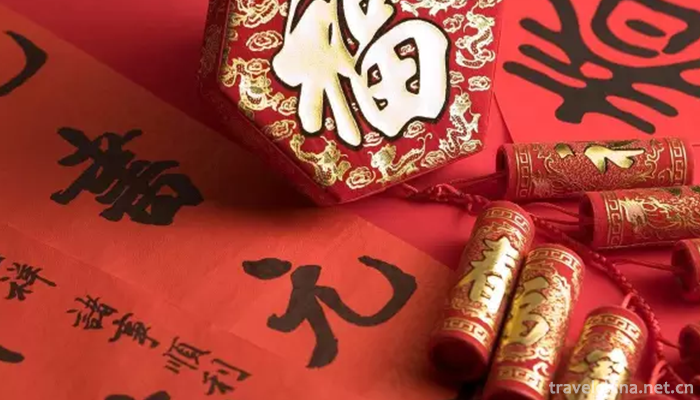
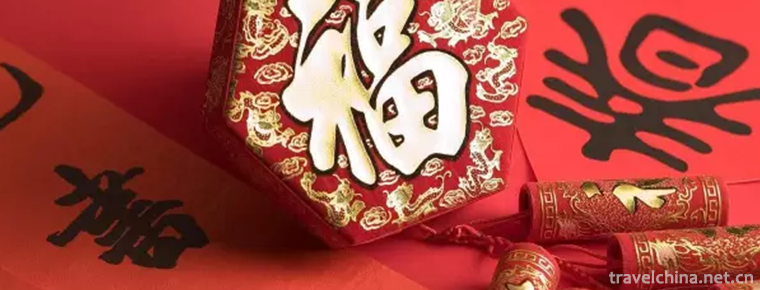
Couplet Custom
-
Zhenjiang Sanshan Scenic Area
Zhenjiang Sanshan Scenic Area is located in the southwest of Jiangsu Province and on the South Bank of the lower reaches of the Yangtze River
Views: 154 Time 2018-12-06 -
Xisha Wetland of Pearl Lake
Located in Luhua Town, west of Chongming Island, Shanghai Mingzhu Lake is the largest natural inland lake on the island. It is also the main area of western water recreation
Views: 186 Time 2019-02-07 -
Suzhou suburb mudu town
Mudu Ancient Town, nicknamed Duchuan, Xujiang and Xiangxi, is located in the southeast of Jiangsu Province and the west of Suzhou Ancient City. Located in the Taihu Lake Basin
Views: 166 Time 2019-02-07 -
Hui folk instrumental music
Hui folk instrumental music is a long-term life practice and cultural activities of the Hui people in Ningxia, inheriting ancient instruments of Ningxia and northwest frontier fortress instruments and
Views: 194 Time 2019-05-04 -
Kun Opera
Kunqu Opera, formerly known as "Kunshan Opera" or "Kunqu Opera" for short, is an ancient Chinese opera voice and opera, now also known as "Kunqu Opera". Kunqu Opera is on
Views: 228 Time 2019-05-10 -
Miao Series Slope Cluster
Miao Series Slope Club refers to the festival activities of villages and villages in Rongshui County, Guangxi Zhuang Autonomous Region during the period from the third to seventeenth day of the first
Views: 160 Time 2019-06-05 -
Cooking Techniques of Beef and Mutton
Strict raw materials for roasting whole sheep should be two-year-old lambs. Paste made of egg yolk, salt, cumin, pepper, flour, etc. will be applied to the whole sheep after treatment, and the head of
Views: 502 Time 2019-06-08 -
Ceramic microbooks
Ceramic micro-calligraphy is one of the folk skills which perfectly combines Chinese calligraphy art with color porcelain art. It has a long history. Artists not only maintain the traditional style, b
Views: 331 Time 2019-06-18 -
University Of Science and Technology Beijing
Beijing University of Science and Technology was established in 1952 by the Department of Mining and Metallurgy of 6 famous universities in China, such as Tianjin University (formerly Beiyang Universi
Views: 190 Time 2019-09-06 -
Summary of Deyang
In 2018, Deyang's GDP reached 221.39 billion yuan, an increase of 9.0% over the previous year at comparable prices. The total economic output has exceeded 200 billion yuan, with per capita GDP of 62569 yuan. Among them, the added value of the primary industry
Views: 349 Time 2020-12-14 -
Neijiang in the period of the Republic of China
The 1911 Revolution ended the rule of Qing Dynasty in Neijiang City. In the 24th year of the Republic of China (1935), Sichuan government was unified, and the districts, cities and counties of Neijiang City were divided into the second (Zizhong, Neijiang, Ziyang, Jianyang,
Views: 353 Time 2020-12-16 -
Guangan economy
In 2019, the GDP of Guang'an City will reach 125.04 billion yuan, an increase of 7.5% over the previous year (the same below). Among them, the added value of the primary industry was 20.43 billion yuan, an increase of 2.8%; the added value of the secon
Views: 370 Time 2020-12-19

